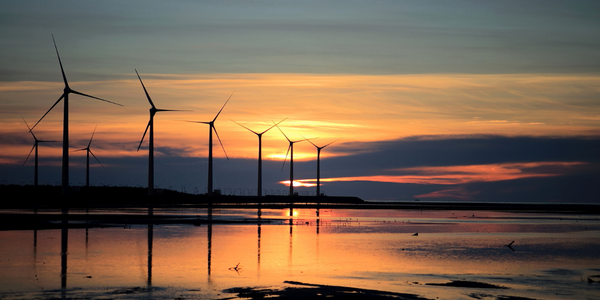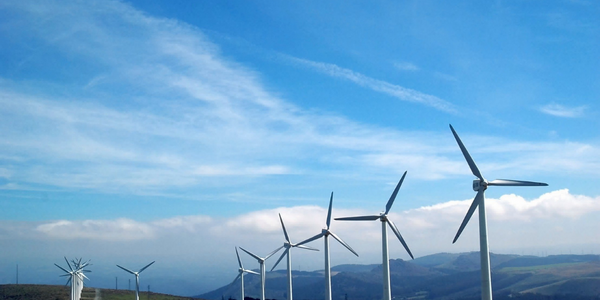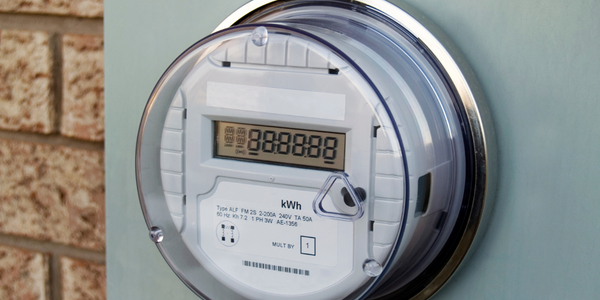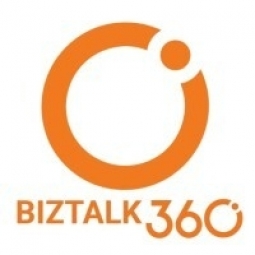技术
- 基础设施即服务 (IaaS) - 云计算
- 传感器 - 温度传感器
适用行业
- 电网
- 可再生能源
用例
- 行为与情绪追踪
- 泄漏与洪水监测
服务
- 系统集成
关于客户
DNWG 是一家荷兰电网运营商,确保其客户能够获得生活、工作和经营所需的电力。该公司致力于使能源系统更具可持续性,同时确保其保持强劲和负担得起。 DNWG 为数万公里的电缆和管道提供服务,业务遍及全国。该公司隶属于 Stedin 集团,拥有 650 名员工。
挑战
荷兰电网运营商 DNWG 在管理其复杂的 BizTalk 环境方面面临着重大挑战。该公司没有适当的系统来监控暂停的消息,缺乏用于验证系统是否正常运行的仪表板,也没有对内存、处理器使用情况和磁盘使用情况等硬件进行监控。 DNWG 在主动/被动配置中运行 2 台验收应用程序服务器和 1 台 SQL 服务器,以及 2 台生产应用程序服务器和 2 台 SQL 服务器,这进一步凸显了其 BizTalk 环境的复杂性。由于没有 BizTalk360 的替代方案,DNWG 难以维持高效运营并确保其能源系统的稳健性和可承受性。
解决方案
DNWG 实施了 BizTalk360 来克服运营挑战。 BizTalk360 的初始设置非常简单,监控和警报的配置也很容易完成。 BizTalk360 卓越的警报功能使 DNWG 能够在出现问题时立即采取行动,而不是等到下一个工作日。每当用户需要有关产品的更多信息时,BizTalk360 的支持团队都会提供快速响应和智能解决方案。 DNWG 使用 BizTalk360 进行日常活动,并且特别欣赏流程监控功能,该功能有助于确定特定批次的消息是否已被处理。
运营影响

Case Study missing?
Start adding your own!
Register with your work email and create a new case study profile for your business.
相关案例.

Case Study
Remote Monitoring & Predictive Maintenance App for a Solar Energy System
The maintenance & tracking of various modules was an overhead for the customer due to the huge labor costs involved. Being an advanced solar solutions provider, they wanted to ensure early detection of issues and provide the best-in-class customer experience. Hence they wanted to automate the whole process.

Case Study
Vestas: Turning Climate into Capital with Big Data
Making wind a reliable source of energy depends greatly on the placement of the wind turbines used to produce electricity. Turbulence is a significant factor as it strains turbine components, making them more likely to fail. Vestas wanted to pinpoint the optimal location for wind turbines to maximize power generation and reduce energy costs.

Case Study
Siemens Wind Power
Wind provides clean, renewable energy. The core concept is simple: wind turbines spin blades to generate power. However, today's systems are anything but simple. Modern wind turbines have blades that sweep a 120 meter circle, cost more than 1 million dollars and generate multiple megawatts of power. Each turbine may include up to 1,000 sensors and actuators – integrating strain gages, bearing monitors and power conditioning technology. The turbine can control blade speed and power generation by altering the blade pitch and power extraction. Controlling the turbine is a sophisticated job requiring many cooperating processors closing high-speed loops and implementing intelligent monitoring and optimization algorithms. But the real challenge is integrating these turbines so that they work together. A wind farm may include hundreds of turbines. They are often installed in difficult-to-access locations at sea. The farm must implement a fundamentally and truly distributed control system. Like all power systems, the goal of the farm is to match generation to load. A farm with hundreds of turbines must optimize that load by balancing the loading and generation across a wide geography. Wind, of course, is dynamic. Almost every picture of a wind farm shows a calm sea and a setting sun. But things get challenging when a storm goes through the wind farm. In a storm, the control system must decide how to take energy out of gusts to generate constant power. It must intelligently balance load across many turbines. And a critical consideration is the loading and potential damage to a half-billion-dollar installed asset. This is no environment for a slow or undependable control system. Reliability and performance are crucial.

Case Study
Remote Monitoring and Control for a Windmill Generator
As concerns over global warming continue to grow, green technologies are becoming increasingly popular. Wind turbine companies provide an excellent alternative to burning fossil fuels by harnessing kinetic energy from the wind and converting it into electricity. A typical wind farm may include over 80 wind turbines so efficient and reliable networks to manage and control these installations are imperative. Each wind turbine includes a generator and a variety of serial components such as a water cooler, high voltage transformer, ultrasonic wind sensors, yaw gear, blade bearing, pitch cylinder, and hub controller. All of these components are controlled by a PLC and communicate with the ground host. Due to the total integration of these devices into an Ethernet network, one of our customers in the wind turbine industry needed a serial-to-Ethernet solution that can operate reliably for years without interruption.

Case Study
Temperature monitoring for vaccine fridges
Dulas wanted a way to improve the reliability of the cold chain, facilitating maintenance and ensuring fewer vaccines are spoiled. Dulas wanted an M2M solution which would enable them to record and report the temperature inside vaccine refrigerators.

Case Study
Hydro One Leads the Way In Smart Meter Development
In 2010, Ontario’s energy board mandated that time-of-use (TOU) pricing for consumers be available for all consumers on a regulated price plan. To meet this requirement, Hydro One needed to quickly deploy a smart meter and intelligent communications network solution to meet the provincial government’s requirement at a low cost. The network needed to cover Hydro One’s expansive service territory, which has a land mass twice the size of Texas, and its customers live in a mix of urban, rural, and remote areas, some places only accessible by air, rail, boat or snowmobile. Most importantly, the network needed to enable future enterprise-wide business efficiencies, modernization of distribution infrastructure and enhanced customer service. To meet these needs, Hydro One conceptualized an end-to-end solution leveraging open standards and Internet Protocols (IP) at all communication levels. The utility drew upon industry leaders like Trilliant to realize this vision.







